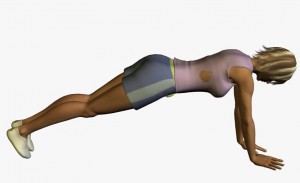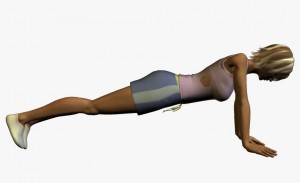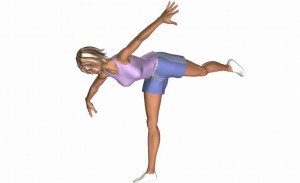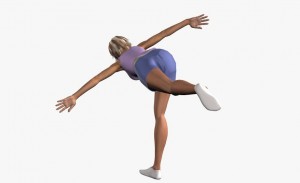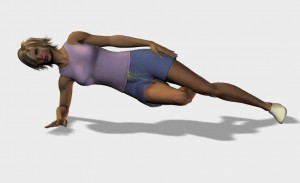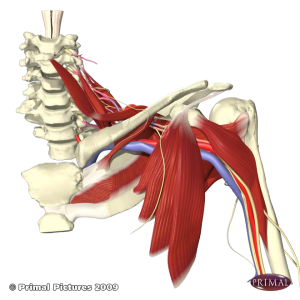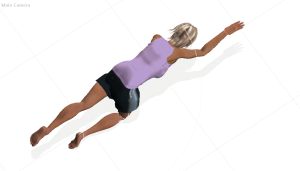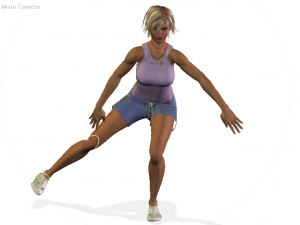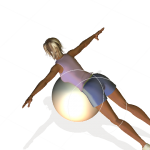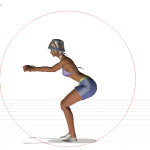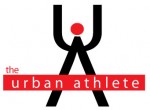Audience: Therapists
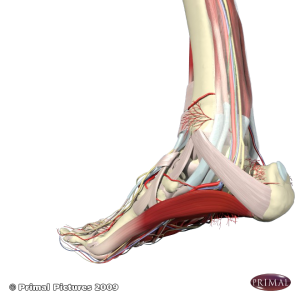 Functional Hallux Limitis (FHL) is a decrease in the dorsiflexion of the big toe during gait. This limitation is assumed to be “functional” and is not structural. This means that simply pushing the big toe into dorsiflexion will not identify whether there is a functional problem.
Functional Hallux Limitis (FHL) is a decrease in the dorsiflexion of the big toe during gait. This limitation is assumed to be “functional” and is not structural. This means that simply pushing the big toe into dorsiflexion will not identify whether there is a functional problem.
This lack of dorsiflexion of the 1st MTP joint can be associated with a lack of plantar flexion of the 1st metatarsal (i.e. the 1st metatarsal may be hypermobile in that it translates/rotates dorsally) .
Howard Dananberg has written and theorized extensively on the topic and I believe he is credited with postulating how limitation in big toe dorsiflexion can have negative effects right up the kinetic chain culminating in low back dysfunction. (editors note: the following of how FHL influences ground contact time is wrong - wow, I was taught this years ago and still hear it . Dr. Dananberg wrote to correct me. I have stroked out what my original comment was and italicized the corrected version. However, my inaccuracy does not change what theoretically happens at the hip which is what I was most interested in. His comment is below) Very simply, Dr. Dananberg suggests that a limited big toe dorsiflexion results in a too early toe off (because the foot can’t stay on the ground long enough because of the lack dorsiflexion). This early toe . FHL may lead to a prolonged time to when the heel is raised off the ground. The prolonged ground contact may then leads to prolonged periods of flat foot. This abnormal function may lead to a decrease in hip extension which may cause the psoas and iliacus to actively fire to a greater degree than they would have had they been stretched with normal hip extension (i.e. a decrease in the elastic strain energy storage in the soft tissue structures anterior to the hip joint). I stress the use of the word “may” - While I greatly appreciate this theory and respect the thinking and work behind it I can’t find any biomechanical work (e.g. a kinematic analysis correlating these altered kinematics to one another and the Fhl) to support it. (more…)

